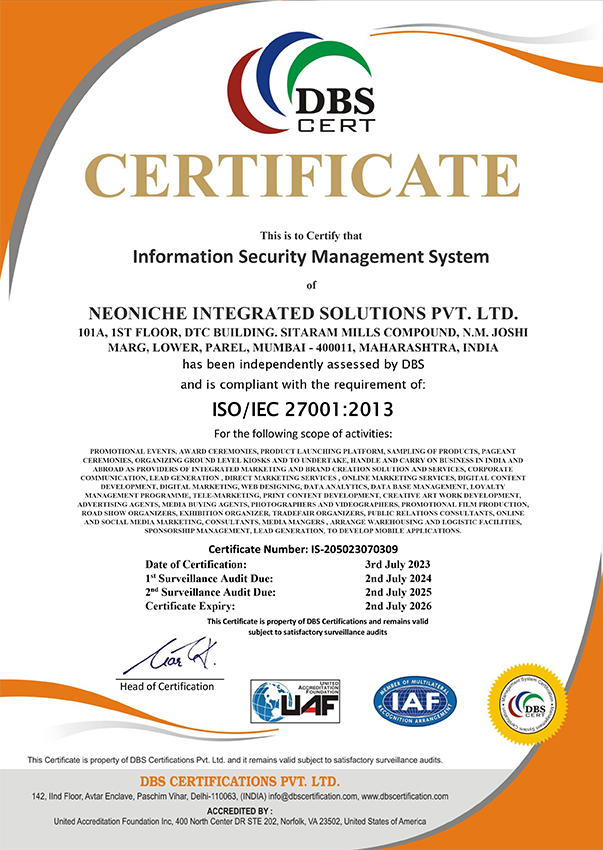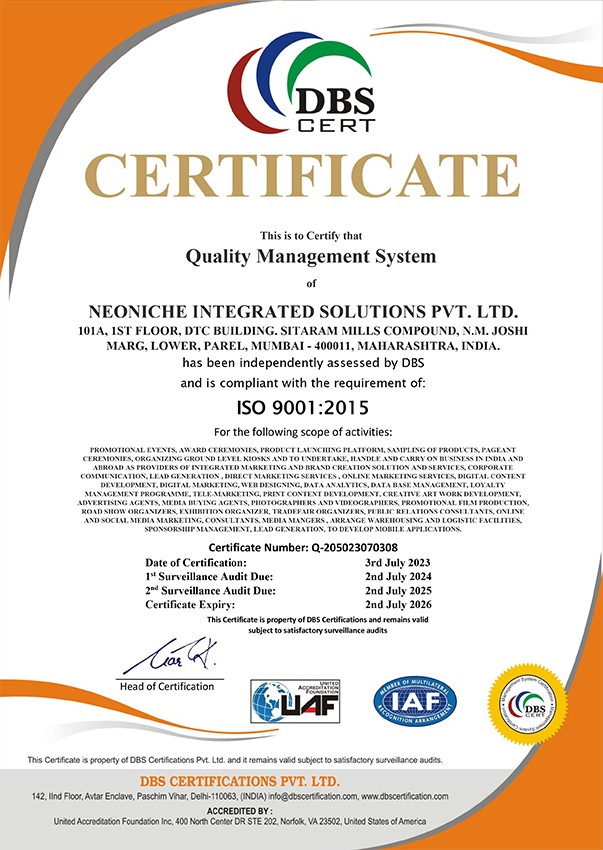For brands that aim to reach their mass TG, experiential marketing not only promises better targeting, but also ensures effective results and better RoI metrics
Today’s branding is a function of media fragmentation. With more channels and newspapers reaching out to a diverse demography, it is becoming harder for marketers to reach a truly mass audience. Simply stated, above-the-line marketing that utilises generic messages to build awareness is no longer the best way to influence customer behaviour.
We do live in exciting times where things change within the blink of an eye. Today, speed-to-market with the right message at the right time through the right channel, while maintaining brand consistency, is important. Coordinating with multiple internal and external stakeholders, and developing actionable insights are clear challenges that a brand faces. These are better addressed by experiential marketing campaigns because they are better targeted, and ensure more effective results and RoI metrics.
Experiential marketing helps brands to build an emotional connect between consumers and the product through face-to-face interaction, which offers an immediate response and feedback. Add to it a social media component and the experience can be shared widely and get further amplified. As per a research conducted in 2016 with marketing managers across industries, results received were very prolific with some statistics heading north, where experiential marketing was concerned:
- 69% of marketers thought experiential marketing is an effective strategy
- 77% of brands said they would execute more events than in previous years
- 65% of brands expressed a belief that in-person events are directly correlated to sales
- 58% events had to do with influencer-related experiences
According to these experiential marketing statistics, an increasing number of organisations and businesses now understand the importance of creating real-time experiences that let customers get involved with their products. The direct approach that distinguishes event marketing from other advertising strategies is that it provides a more certain way of reaching out to users and generating sales. However, no matter how beneficial, once the event ends, someone is going to ask about results. Can you justify the investment?
Measuring the RoI
By following a few simple steps, you can put in place effective ways to measure your RoI. While experiential marketing campaigns are an extremely effective way for a brand to create memories with consumers, they are often tricky when it comes to capturing results. Amplify the investment by putting tools in place that ensure detailed metrics are captured. The goal is to have the power to influence purchasing habits while creating an emotional and sensory connection with every target consumer.
It is extremely important that marketers think ahead and come up with creative and interactive ways that entice, engage and help attendees to share results of their experiences with their networks; QR codes, apps, crowdsourced installations and social media are some of the many incredible tools that can complement an experiential marketing strategy.
The global bigwigs
Last year, some brands used experiential marketing in unique ways. Three of them from across the world are:
McDonald’s Happy Goggles campaign — McDonald’s Sweden jumped on the VR bandwagon with the introduction of Happy Goggles — a perfect branded take-home for kids and adults. The iconic McDonald’s Happy Meal box could be transformed into a cardboard VR headset, working much like Google cardboard. The customer simply had to tear the box along a series of perforated edges, fold it accordingly and fix in plastics lenses that came with the box. The headset worked as a virtual reality viewer with almost any smartphone. McDonald’s also released a VR game Slope Wars and it coincided with the Swedish skiing holiday Sportlov.
Spotify’s Thanks 2016, It’s been weird campaign — The campaign, which was rolled out across 14 markets, featured localised messages that merged listener data and pop-culture references. It was a light-hearted way to highlight how Spotify harnessed data that promised a better experience.
Google’s Building a Better Bay Area campaign — Corporate philanthropy is definitely on the rise and Google is no exception to take this route. But when the search engine giant gave away $5.5 million to Bay Area non-profits, it let the public decide where that money would go — in an unconventional and interactive way. Google allowed people to cast their votes online; but because it also wanted to involve the Bay Area community in a tangible way, it installed large, interactive posters in places like bus shelters, food trucks and restaurants, where locals could vote.
What you understand from these diverse examples is that a new wave of experiential marketing is here. With the promise of never-before-seen technology, unique experiences and live interactions, marketers and brands have an incredible chance to reach an alienated audience that craves authenticity and appreciates the possibility of being in the now.
Questions that you need to ask include, ‘Is your brand incorporating experiential marketing in its strategy? How are you reaching out to your consumers?’ And to do that you must know your brand, TG, maintain consistency in your messaging, conceptualise a campaign, integrate technology and experiences across channels, and last but not the least, keep track of the feedback; and let’s hope one of your campaigns will be talked about.
The author is Prateek N. Kumar, MD & CEO, NeoNiche Integrated Solutions Pvt Ltd.


